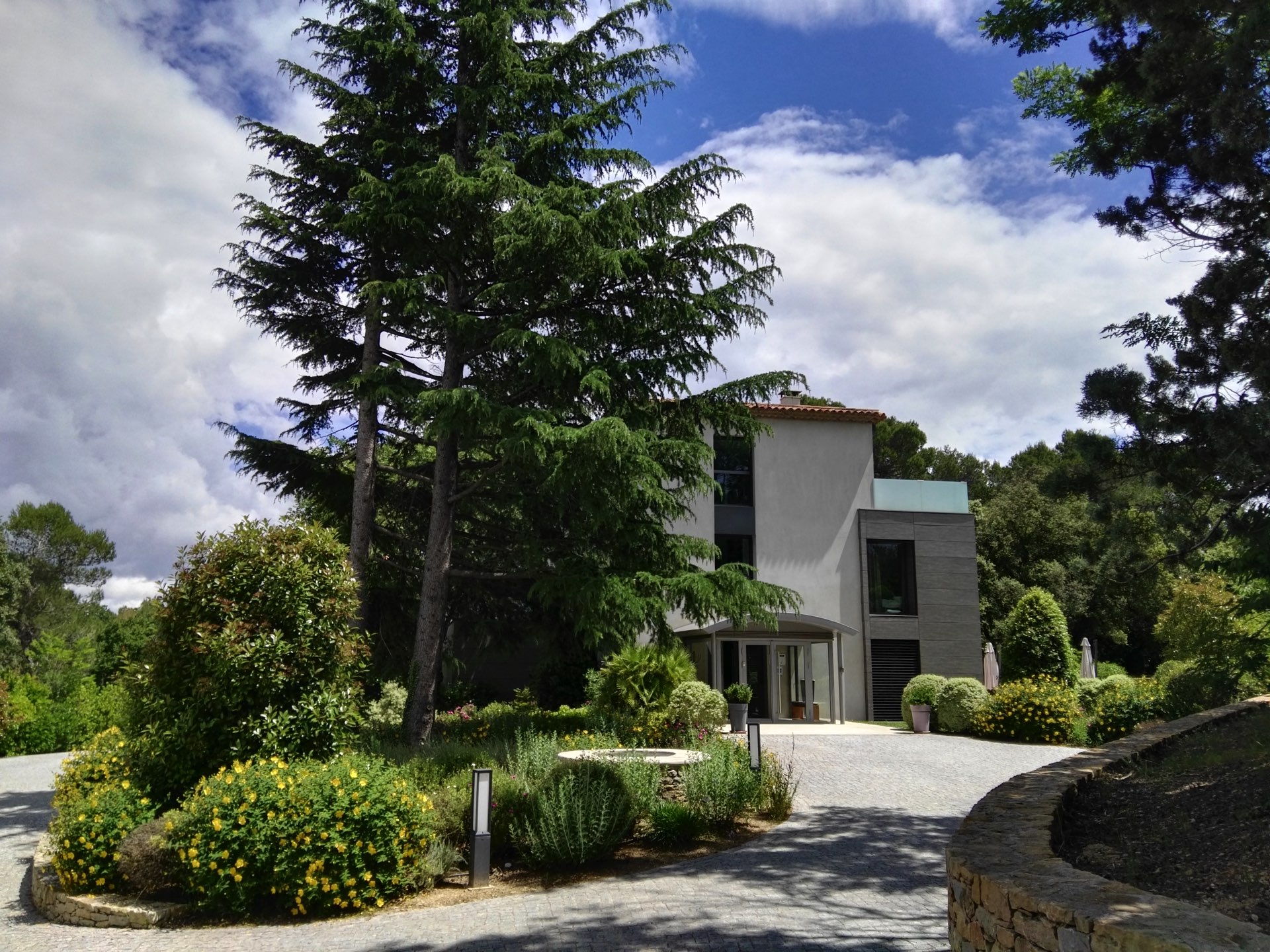A sun-drenched region between the Mediterranean and the Southern Alps, Provence benefits from a geographical position that favors the development of flora and fauna, offering quality products for cooking! Vegetables bursting with sunshine from the Alpilles, seafood freshly caught in the Grande Bleue or AOC vintage wines: Provence delights your taste buds.
To begin with – a farandole of flavours
A typically Mediterranean fruit, olives are often known for their oil, but in Provence they are also known as tapenade . This emblematic recipe, invented in Marseilles in 1880, is made by pounding black or green olives, olive oil, capers, anchovy fillets, garlic and Provencal herbs in a mortar. It is traditionally eaten spread on a piece of bread. And what could be better than a Fougasse ? Most French regions have their own version of this bread. In Provence, it’s revisited with olives, cheese and anchovies! This small saltwater fish is often used in local recipes. It can be found in Niçoise salad, whose recipe is fervently defended by the locals, or in anchoïade.
To continue – dishes from land and sea
Whether you prefer fish, meat or vegetables, Provençal cuisine has something for everyone. Bouillabaisse from Marseilles has a long-standing reputation. From a soup made from the catch of the day, to a haute cuisine dish, bouillabaisse has become a part of everyday life. It’s traditionally made up of at least three fish, which can vary, the main asset of the dish being the seasoning: a mixture of Provencal herbs, garlic, onions and tomatoes. And, of course, all accompanied by rust. On the soup side, there’s soupe au pistou. A Provençal variation on the Italian minestrone, this soup can be eaten hot or cold, as a starter or main course, served with grated Parmesan or Emmental cheese. Between land and sea,aioli is a homemade sauce – made with egg yolks, olive oil, garlic and lemon juice – boiled vegetables, hard-boiled eggs and fish. On the vegetable side, the cuisine gives pride of place to sun-drenched vegetables, which can be found inNice ratatouille , vegetable stuffing , Tian, or ” à la provençale ” with garlic, parsley, basil and breadcrumbs. On the meat side, daube is a rich, flavorful dish in a red wine sauce. Traditionally made from beef, you can also prepare a bull stew, gardianne, or a wild boar stew, civet.
Finally – for sweet tooths
A speciality of the town of Aix-en-Provence, calisson is a sweet made from candied fruit, almond powder, honey and sugar. Don’t hesitate to visit the Musée du Calisson du Roy René when you’re in Aix-en-Provence. If you love orange blossom, you’ll love the navettes : a dry cake originally from Marseille. Part of the Provencal tradition of the Thirteen Christmas Desserts, the pompe à huile is common in the region. It takes its name from the process of pouring flour to pump the olive oil to the bottom of the oil vats. The twelve other desserts: fougasse, walnuts, hazelnuts, white nougat, candied fruit, apples, pears, oranges, grapes, cooked wine, dates and jam.
To accompany – an exhilarating chord
Enjoy a tasting of the famous pastis. Numerous local brands have developed their own blends of traditional aniseed flavors. Among the most notable are Pernot Ricard, Henri Bardouin and Pastis 51. Provence is also internationally renowned for its AOC wines. Why not take the Provence wine route? You’ll discover many local wine châteaux, including Château de la Galinière, a 100% certified organic Côtes de Provence.
Bon appétit on the roads of Provence!







